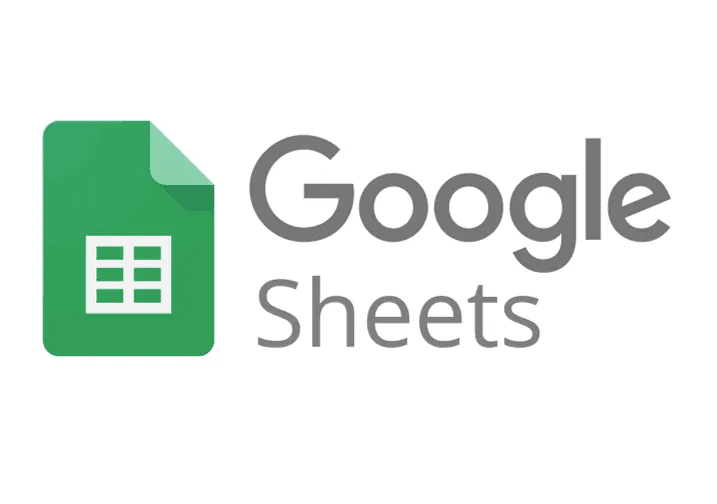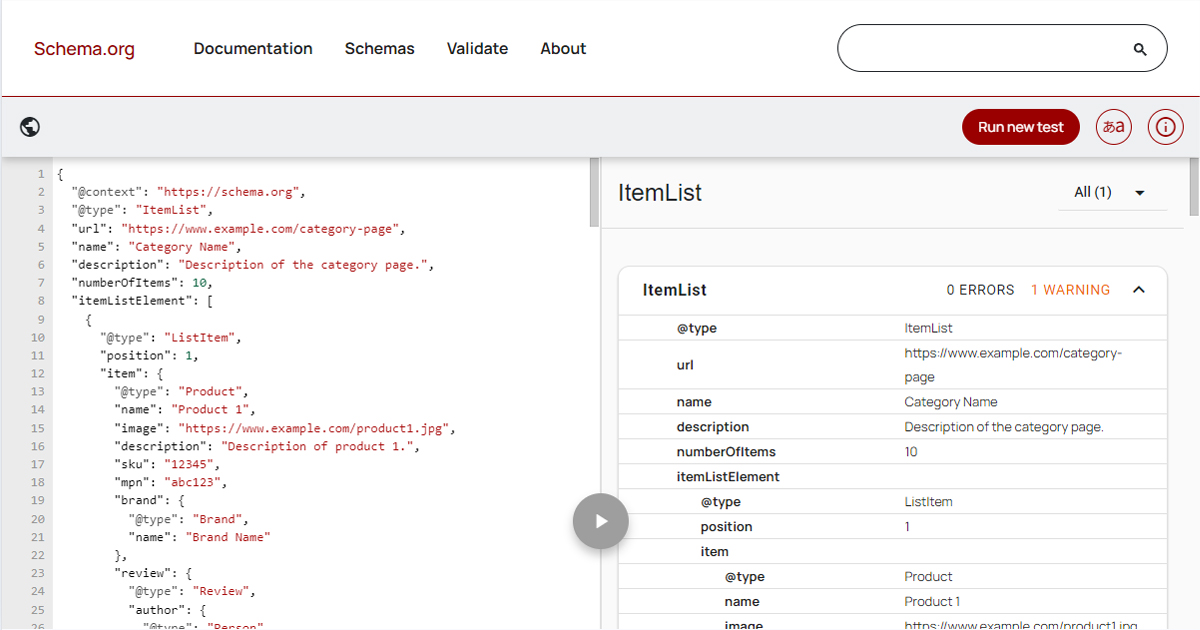
In the world of spreadsheet management, Google Sheets stands out as a versatile and collaborative tool. One of its most powerful features is the ability to create dropdown lists, which can significantly enhance the functionality and user-friendliness of your spreadsheets.
Why use dropdown lists in Google Sheets?
Dropdown lists in Google Sheets offer a controlled and efficient way to input data. They’re particularly useful when you have a predefined set of options that users should choose from, ensuring consistency across your dataset and minimizing the risk of data entry errors.
Benefits of dropdown lists
- Improve data accuracy: By limiting choices to predefined options, you reduce the likelihood of typos or inconsistent entries.
- Streamline data entry: Users can quickly select from a list rather than typing out full responses, saving time and effort.
- Enhance spreadsheet organization: Dropdown lists help standardize data, making it easier to sort, filter, and analyze.
- Facilitate data analysis: Consistent data entry makes it simpler to perform calculations, create pivot tables, or generate charts.
- Improve user experience: Dropdown lists provide a clear set of options, making the spreadsheet more intuitive and easier to use.
Basic Method: Creating a Simple Dropdown List
Creating a basic dropdown list in Google Sheets is a straightforward process that can be accomplished in just a few steps. Let’s walk through the process in detail.
Step-by-step guide
- Open your Google Sheets document and select the cell or range where you want the dropdown list to appear.
- Click on “Data” in the top menu bar. This will open a dropdown menu with various data-related options.
- From the “Data” menu, choose “Data validation.” This will open the Data validation dialog box.
- In the “Criteria” section of the dialog box, you’ll see a dropdown menu. Click on it and select either “List from a range” or “List of items,” depending on how you want to create your list.
- If you chose “List from a range,” you’ll need to select the cells containing your list items. You can do this by typing in the range (e.g., A1:A10) or by clicking the grid icon and selecting the range directly on your sheet.
- If you chose “List of items,” simply type out your options, separated by commas.
- (Optional) You can customize the dropdown behavior by adjusting settings in the “On invalid data” section. For example, you can choose to show a warning message when invalid data is entered.
- Click “Save” to apply your dropdown list.
Using data validation
Data validation is the key feature that allows you to create dropdown lists in Google Sheets. It’s a powerful tool that lets you define rules for what data can be entered into a cell or range of cells.
In addition to creating dropdown lists, data validation can be used to:
- Ensure numbers fall within a specific range
- Verify that dates are within a certain timeframe
- Check that text meets certain criteria (like length or format)
When creating dropdown lists, data validation ensures that only the predefined options can be selected, maintaining data integrity across your spreadsheet.
Selecting the range for your list
When using the “List from a range” option, it’s crucial to select the correct range for your dropdown list. Here are some tips:
- Include only the data you want in the dropdown, without any headers or blank cells.
- If your list is likely to grow, consider leaving some blank cells at the end of your range.
- If your list is on another sheet, include the sheet name in your range (e.g., ‘Sheet2’!A1:A10).
- For dynamic lists that may change, consider using a named range (we’ll cover this in more detail later).
Advanced Method: Creating a Dependent Dropdown List
Once you’ve mastered basic dropdown lists, you can move on to more advanced techniques like creating dependent dropdowns. These take your spreadsheet to the next level, allowing for more complex and interactive data entry systems.
What is a dependent dropdown?
A dependent dropdown is a list whose options change based on the selection made in another dropdown list. For example, if you have a list of countries in one dropdown, a dependent dropdown might show a list of cities that changes based on which country is selected.
Step-by-step guide
Creating a dependent dropdown involves several steps:
- Create your main list in one column. This will be the primary dropdown.
- Create sublists in adjacent columns. Each sublist corresponds to an item in the main list.
- Name your ranges: a. Select your main list and go to Data > Named ranges. b. Give your range a name (e.g., “Countries”). c. Repeat for each sublist (e.g., “US_Cities”, “UK_Cities”, etc.).
- Set up your main dropdown as described in the basic method.
- For the dependent dropdown: a. Select the cell for your dependent dropdown. b. Go to Data > Data validation. c. In the Criteria section, choose “List from a range”. d. In the range field, enter a formula like this: =INDIRECT(A1&”_Cities”) (Assuming A1 contains the selection from the main dropdown)
- Click “Save” to apply your dependent dropdown.
Using named ranges
Named ranges are a powerful feature in Google Sheets that make it easier to reference your lists in formulas. They’re especially useful for dependent dropdowns.
To create a named range:
- Select your range of cells.
- Click on “Data” in the top menu, then “Named ranges”.
- Enter a name for your range. Use a descriptive name without spaces.
- Click “Done”.
Once you’ve created named ranges, you can use them in formulas by simply typing their name, making your formulas cleaner and easier to understand.
Creating a Dropdown List from Another Sheet
Sometimes, you may want to pull your dropdown options from a different sheet within your workbook. This can be useful for organizing your data or when working with large datasets.
Linking data across sheets
To reference data from another sheet in your dropdown list:
- When setting up your data validation, use the sheet name followed by an exclamation point before the cell range. For example:
'Sheet2'!A1:A10 - If your sheet name contains spaces, enclose it in single quotes:
'My Data Sheet'!A1:A10 - You can also use named ranges that refer to cells on other sheets.
Using the INDIRECT function
The INDIRECT function is particularly useful when creating dropdown lists that reference dynamic ranges or when working with dependent dropdowns across sheets.
Here’s an example of how to use INDIRECT:
- Set up your data validation as before.
- In the range field, enter a formula like this:
=INDIRECT("'"&A1&"'!B1:B10")
This formula assumes that A1 contains the name of the sheet you want to pull data from, and the range B1:B10 on that sheet contains your list items.
The INDIRECT function converts the text string into a valid range reference, allowing you to dynamically change the source of your dropdown list.
Customizing Your Dropdown List
Google Sheets offers various ways to make your dropdown lists more visually appealing and user-friendly. Customization can help draw attention to important fields and make your spreadsheet more intuitive to use.
Changing colors and styles
While the dropdown arrow itself can’t be customized, you can apply conditional formatting to cells with dropdown lists to change their appearance based on the selected value. Here’s how:
- Select the cell or range with your dropdown list.
- Click on “Format” in the top menu, then “Conditional formatting.”
- Choose “Single color” or “Color scale” depending on your preference.
- Set up a rule. For example, you could make the cell turn green when a specific option is selected.
- Click “Done” to apply the formatting.
You can also change the font, size, or style of the text in cells with dropdown lists using the standard formatting options in Google Sheets.
Adding icons or images
While Google Sheets doesn’t support icons directly in dropdown lists, you can use custom formulas to display icons next to your dropdown selections. Here’s a method to achieve this:
- Create a column next to your dropdown list for the icons.
- Use an IF or SWITCH function to display different symbols based on the dropdown selection.
- For example:
=IF(A1="Option 1","🔴",IF(A1="Option 2","🔵","🟢"))
This formula will display a red circle for “Option 1”, a blue circle for “Option 2”, and a green circle for any other option.
Remember that while this method works well for simple symbols, complex images or icons may not display correctly in all versions of Google Sheets.
Troubleshooting Common Issues
Even with a straightforward feature like dropdown lists, you may encounter some challenges. Here are some common issues and their solutions:
List not appearing
If your dropdown list isn’t showing up, consider these potential causes and solutions:
- Check your data validation settings: Make sure you’ve applied data validation to the correct cells.
- Verify your range: Ensure that the range you’ve specified for your list items is correct and contains data.
- Look for circular references: If you’re using a formula in your data validation, make sure it doesn’t refer back to the cell itself.
- Clear existing data: If a cell already contains data that doesn’t match the list, the dropdown might not appear. Try clearing the cell and see if the dropdown shows up.
Unable to edit the list
It’s important to remember that users can’t edit the list directly from the dropdown. To modify the options:
- Go back to the source data (the range you used to create the list) and edit it there.
- If you used the “List of items” option, you’ll need to modify the data validation settings directly.
- For dependent dropdowns, you may need to update multiple lists or adjust your formulas.
Dropdown not working on mobile
The Google Sheets mobile app has some limitations compared to the desktop version. For complex setups, especially those involving dependent dropdowns or cross-sheet references, it’s best to use the desktop version. However, you can try these tips for better mobile performance:
- Use simple, non-dependent dropdowns when possible.
- Avoid complex formulas in your data validation settings.
- Keep your lists on the same sheet as your dropdown when possible.
- Regularly update the Google Sheets app on your mobile device.
Best Practices for Using Dropdown Lists
To get the most out of dropdown lists in Google Sheets, keep these best practices in mind:
When to use dropdown lists
Dropdown lists are most effective in the following scenarios:
- When you have a finite set of options: Use dropdowns for categories, statuses, or any data with a limited number of possible values.
- For data that needs to be consistent: Dropdowns ensure that everyone uses the same terminology or spelling.
- In collaborative sheets: Dropdowns make it easier for multiple users to input data correctly.
- For user-friendly forms: If you’re creating a form in Google Sheets, dropdowns can make it more intuitive for users to fill out.
- When data analysis is important: Consistent data entry facilitated by dropdowns makes it easier to analyze your data later.
Maintaining data integrity
To ensure your dropdown lists remain effective:
- Regularly review and update your list options to ensure they’re current and relevant.
- Use data validation messages to guide users if they try to enter invalid data.
- Consider locking cells containing dropdown lists to prevent users from accidentally overwriting the data validation.
- For large or frequently changing lists, consider using a separate sheet to manage your list items.
- Use named ranges for your list items to make updates easier and formulas more readable.
Automating with Dropdown Lists
Dropdown lists become even more powerful when combined with other Google Sheets features. Here are some ways to automate processes using dropdown lists:
Using formulas with dropdowns
You can use the selected values from dropdowns in formulas to create dynamic calculations or generate text. For example:
- Use
VLOOKUPto pull in additional information based on a dropdown selection. - Create IF statements that perform different calculations depending on the dropdown choice.
- Use CONCATENATE to generate text strings that incorporate the dropdown selection.
Example formula: =CONCATENATE("The selected option is ", A1, " which has a value of ", VLOOKUP(A1, Sheet2!A:B, 2, FALSE))
Creating dynamic dashboards
Combine dropdown lists with functions like VLOOKUP, QUERY, or FILTER to create interactive dashboards. Here’s a basic example:
- Create a dropdown list for selecting different data views (e.g., by month, by category).
- Use the FILTER function to display only the relevant data based on the dropdown selection.
- Create charts that update automatically based on the filtered data.
This allows users to interact with the data and view different aspects of it without needing to create multiple static views.
Examples and Use Cases
Dropdown lists have a wide range of applications across various fields. Here are some specific examples:
Project management
In a project tracking spreadsheet, you could use dropdown lists for:
- Task status (e.g., Not Started, In Progress, Completed, On Hold)
- Priority levels (e.g., Low, Medium, High, Urgent)
- Assignee selection (list of team members)
- Project phase (e.g., Planning, Execution, Testing, Deployment)
- Risk assessment (e.g., Low Risk, Medium Risk, High Risk)
Inventory tracking
For an inventory management system, dropdown lists can be used for:
- Product categories
- Supplier names
- Storage locations
- Reorder status (e.g., In Stock, Low Stock, Reorder, Out of Stock)
- Quality check results (e.g., Passed, Failed, Pending Inspection)
Survey forms
When creating surveys in Google Forms (which uses Sheets for responses), you can use dropdown lists for:
- Age ranges
- Geographic locations
- Product preferences
- Satisfaction levels (e.g., Very Satisfied, Satisfied, Neutral, Dissatisfied, Very Dissatisfied)
- Frequency of use (e.g., Daily, Weekly, Monthly, Rarely, Never)
Conclusion
Dropdown lists are a versatile and powerful feature in Google Sheets that can significantly improve your data entry processes and overall spreadsheet functionality.
Recap of key points
- Dropdown lists enhance data accuracy and consistency by limiting input to predefined options.
- They can be created using data validation, with options for basic lists and more complex dependent dropdowns.
- Advanced features include creating lists from other sheets and using the INDIRECT function for dynamic references.
- Dropdown lists can be customized with conditional formatting and combined with other Google Sheets features for powerful automations.
- They have wide-ranging applications, from project management to inventory tracking and survey design.
Additional resources
To further your Google Sheets skills, consider exploring:
- Official Google Sheets Help Center: For comprehensive documentation on all features.
- YouTube tutorials: Many content creators offer in-depth guides on advanced Google Sheets techniques.
- Online courses: Platforms like Coursera or Udemy offer more structured learning paths for spreadsheet mastery.
- Google Sheets community forums: To get answers to specific questions and learn from other users’ experiences.
By mastering dropdown lists and combining them with other Google Sheets features, you’ll be able to create more efficient, user-friendly, and error-resistant spreadsheets. Whether you’re managing projects, tracking inventory, or analyzing survey data, dropdown lists can help streamline your processes and improve the overall quality of your data management.



Leave a Reply